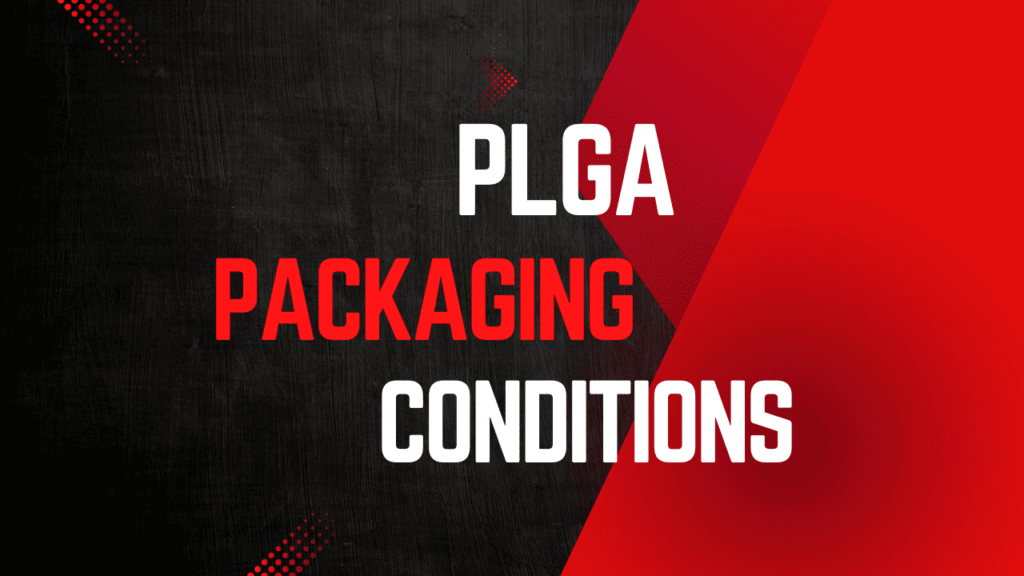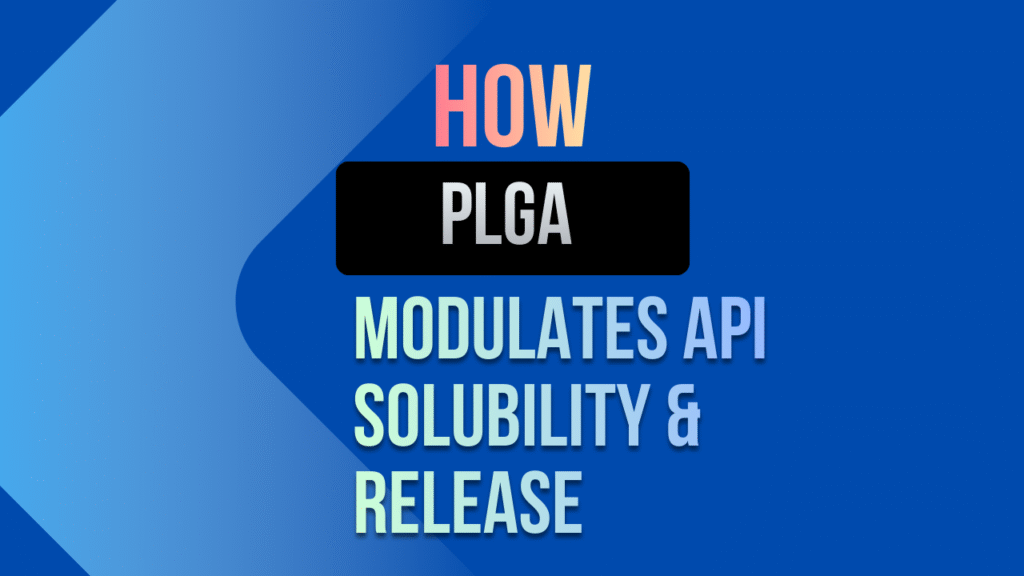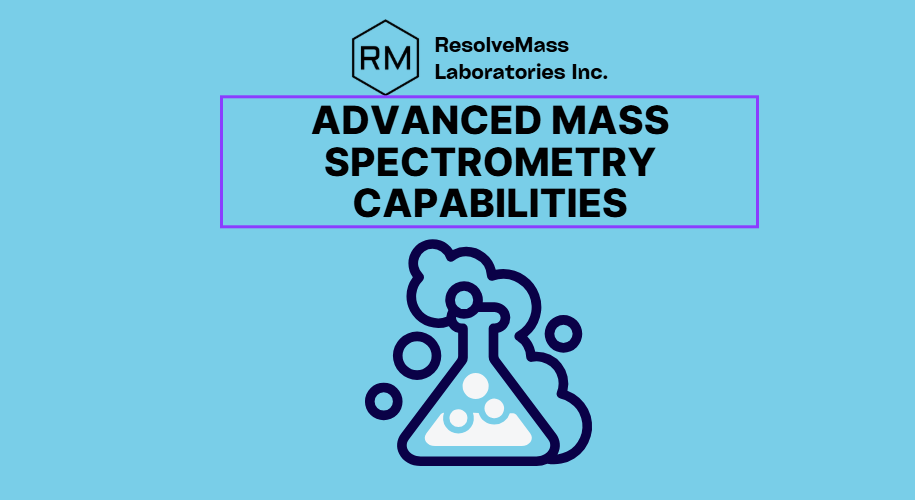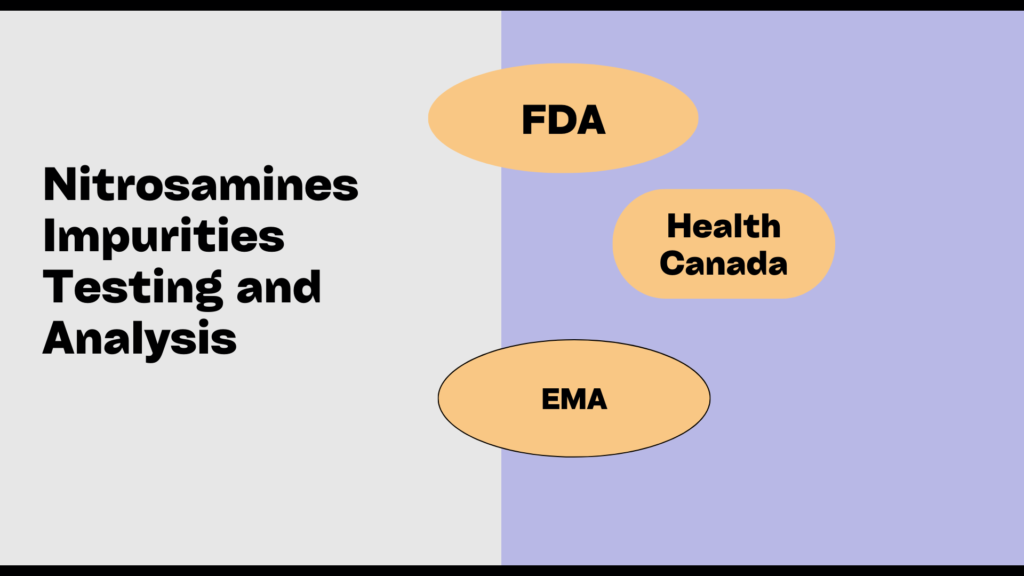
Introduction to Nitrosamine Impurities Testing
In recent years, the presence of nitrosamine impurities in pharmaceuticals has become a significant concern for regulatory agencies and the pharmaceutical industry. To address this issue, rigorous testing for nitrosamine impurities is essential to ensure the safety and efficacy of pharmaceutical products. Resolvemass Laboratories, a leading Contract Research Organization (CRO) specializing in custom synthesis and analytical services, offers advanced mass spectrometry testing services to detect and quantify nitrosamine impurities with unparalleled accuracy and precision.
If you want to learn more about how ResolveMass Laboratories is the best specialized Nitrosamine Impurity Analysis Lab, you can read this article: Why You Need a Specialized Nitrosamine Impurity Analysis Lab for Your Pharma Project
Understanding Nitrosamine Impurities
Nitrosamines are a class of chemical compounds that can form under specific conditions during the production of pharmaceuticals, particularly in drugs containing amine groups or those manufactured with certain solvents. Common nitrosamines include N-nitrosodimethylamine (NDMA), N-nitrosodiethylamine (NDEA), and N-nitrosodiisopropylamine (NDIPA). These impurities can be introduced through various pathways, such as:
- Contaminated Raw Materials: Impurities in raw materials used during drug synthesis can lead to the formation of nitrosamines.
- Manufacturing Processes: Certain chemical reactions and conditions, such as high temperatures and acidic environments, can promote nitrosamine formation.
- Storage and Packaging: Degradation of drug products during storage and interactions with packaging materials can also result in nitrosamine contamination.
Due to their carcinogenic nature, regulatory agencies such as the U.S. Food and Drug Administration (FDA) and the European Medicines Agency (EMA) have set strict limits on acceptable levels of nitrosamine impurities in pharmaceutical products. Compliance with these regulations requires accurate and sensitive analytical methods for nitrosamine detection and quantification.
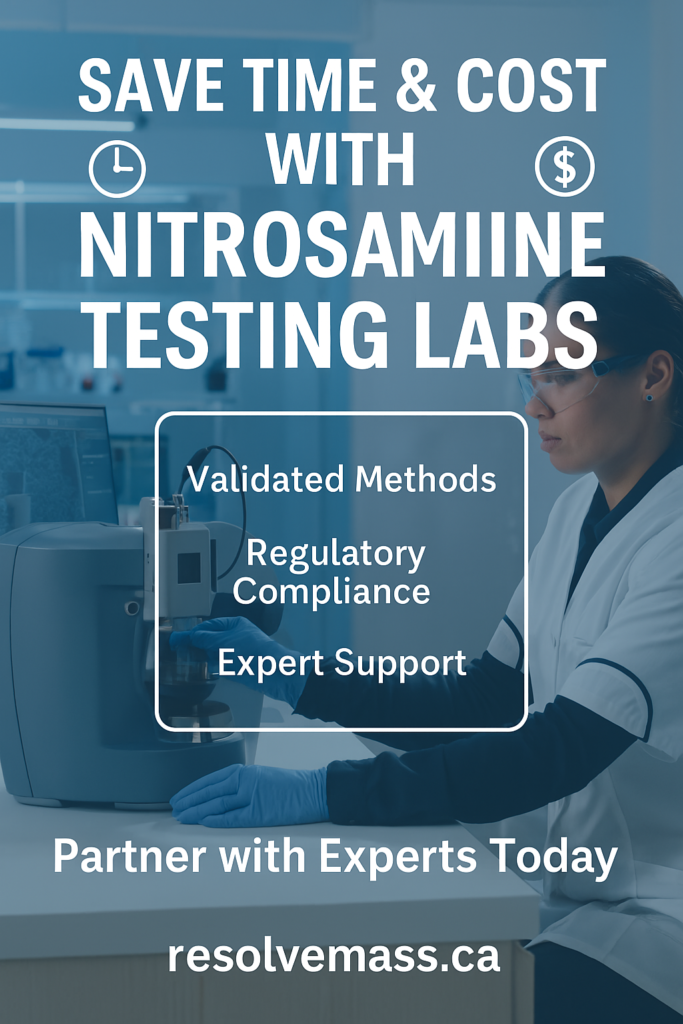
Learn more about how to Avoid United States FDA Recalls with Routine Nitrosamine Impurity Testing for Your API and Drug Product
Mass Spectrometry in Nitrosamine Impurities Testing
Mass spectrometry (MS) is a powerful analytical technique that has become the gold standard for detecting and quantifying nitrosamine impurities in pharmaceuticals. The technique offers several advantages:
- High Sensitivity: MS can detect trace levels of nitrosamines, often in the parts-per-billion (ppb) range, ensuring that even minute quantities are accurately measured.
- Specificity: MS provides precise identification of nitrosamine compounds, differentiating them from other substances in complex mixtures.
- Quantitative Accuracy: MS allows for accurate quantification of nitrosamine levels, supporting regulatory compliance and risk assessment.
At Resolvemass Laboratories, we leverage cutting-edge mass spectrometry technologies to deliver reliable and comprehensive nitrosamine testing services. Our state-of-the-art instrumentation and expert team of scientists ensure that we meet the highest standards of quality and precision.
Explore our Nitrosamine Testing Services in Canada and the US
Step by step Process in Nitrosamine Testing
Resolvemass Laboratories follows specified steps for detection and quantification of nitrosamine impurities. Our process includes the following steps.
1. Sample Preparation
Accurate nitrosamine analysis begins with meticulous sample preparation. Our scientists employ advanced techniques to extract nitrosamines from pharmaceutical samples, ensuring that the analytes are isolated and concentrated for analysis. Depending on the sample matrix and the specific nitrosamines being tested, we may use methods such as solid-phase extraction (SPE), liquid-liquid extraction (LLE), or QuEChERS (Quick, Easy, Cheap, Effective, Rugged, and Safe) to prepare the samples.
2. Chromatographic Separation
Prior to mass spectrometric analysis, the nitrosamines are separated from other components in the sample using high-performance liquid chromatography (HPLC) or gas chromatography (GC). This step is crucial for reducing matrix interferences and enhancing the specificity of the analysis. Our advanced chromatographic systems are optimized for high-resolution separation, ensuring that each nitrosamine is clearly resolved from other substances.
3. Mass Spectrometric Analysis
The separated nitrosamines are then analyzed using high-resolution mass spectrometry (HRMS) or tandem mass spectrometry (MS/MS). These techniques offer unparalleled sensitivity and specificity, allowing for the precise identification and quantification of nitrosamine impurities. Our laboratory is equipped with state-of-the-art instruments, including triple quadrupole MS, quadrupole time-of-flight (Q-TOF) MS, and Orbitrap MS, which enable us to detect nitrosamines at trace levels.
Learn about our Nitrosamine Method Development Services
4. Data Analysis and Reporting
The data obtained from the mass spectrometric analysis is meticulously processed and interpreted by our team of experts. We use advanced software tools and algorithms to ensure accurate identification and quantification of nitrosamines. Comprehensive reports are generated, detailing the levels of nitrosamine impurities detected in the samples, along with relevant regulatory guidelines and recommendations for corrective actions if necessary.
Also explore: Comprehensive Nitrosamine Analysis Laboratory Services: What Pharmaceutical Companies Need to Know
Quality Control and Assurance
At Resolvemass Laboratories, we adhere to stringent quality control and assurance protocols to ensure the reliability and accuracy of our nitrosamine testing services. Our laboratory is equipped with state-of-the-art instrumentation, and our scientists are highly trained in the latest analytical techniques and regulatory requirements. Key aspects of our quality control program include:
- Method Validation: All analytical methods used for nitrosamine testing are thoroughly validated according to international guidelines. This includes assessing parameters such as accuracy, precision, specificity, sensitivity, linearity, and robustness to ensure the methods are fit for purpose.
- Instrument Calibration and Maintenance: Regular calibration and maintenance of our mass spectrometry instruments are performed to ensure optimal performance and accuracy. We use certified reference materials and standards to calibrate our instruments and verify their performance.
- Proficiency Testing: Our laboratory participates in external proficiency testing programs to benchmark our performance against industry standards and ensure the accuracy and reliability of our results.
- Internal Audits and Training: Routine internal audits are conducted to review our processes and identify areas for improvement. Our scientists undergo continuous training to stay updated on the latest advancements in mass spectrometry and regulatory requirements.
Read about AI Integration in Nitrosamine Testing for Efficiency
Case Study: Nitrosamine Impurities Testing for a Pharmaceutical Clients
A leading pharmaceutical company approached Resolvemass Laboratories for nitrosamine testing services for one of their drug products. The company needed to ensure compliance with the latest regulatory guidelines on nitrosamine impurities. Here’s how we addressed their needs:
Challenges
- Complex Matrix: The drug product had a complex formulation, making the extraction and analysis of nitrosamines challenging.
- Low Detection Limits: The required detection limits for nitrosamines were in the parts-per-billion (ppb) range, necessitating highly sensitive and specific analytical methods. If you want to know more about limits of Nitrosamine Impurities, you can read this article: Nitrosamine Impurity Limits and Acceptable Intake for Health Canada: How to Stay Compliant
- Regulatory Compliance: The company needed to comply with stringent regulatory guidelines from both the FDA and EMA.
Solution
- Optimized Sample Preparation: We developed a customized sample preparation method to effectively extract nitrosamines from the complex matrix. This involved using a combination of SPE and LLE techniques to achieve high recovery rates.
- Advanced Chromatography and MS Techniques: Our team employed high-resolution GC-MS/MS to achieve the required sensitivity and specificity for detecting nitrosamines at trace levels. The method was validated to ensure it met all regulatory requirements.
- Comprehensive Reporting and Guidance: We provided the client with detailed reports on the levels of nitrosamine impurities detected, along with expert guidance on regulatory compliance and recommendations for mitigating the presence of nitrosamines in their product.
Outcome
The successful detection and quantification of nitrosamine impurities enabled the pharmaceutical company to comply with regulatory guidelines and ensure the safety of their drug product. Our comprehensive testing and expert guidance helped them address potential risks and implement corrective measures in their manufacturing process.
Conclusion
Mass spectrometry testing for nitrosamine impurities is essential for ensuring the safety and efficacy of pharmaceutical products. At Resolvemass Laboratories, we offer advanced mass spectrometry testing services that deliver accurate and reliable results, helping our clients meet regulatory requirements and safeguard patient health. Our commitment to quality, precision, and innovation makes us a trusted partner for nitrosamine testing and other analytical services.
Also, we tried to cover many FAQs on Nitrosmine testing in this article: Your Nitrosamine Impurity Testing FAQ: Answers for Regulatory Readiness and Confirmatory Analysis
Contact Us
For more information about our mass spectrometry testing services and how we can assist with nitrosamine impurities testing, please visit Resolvemass laboratories & contact us
ResolveMass Laboratories Inc.: Experience, Expertise, and Trust You Can Count On
ResolveMass Laboratories Inc. has established itself as a trusted name in the domain of nitrosamine testing services in Canada. With over a decade of dedicated experience, we have completed hundreds of successful nitrosamine testing and risk assessment projects for both domestic and international clients. Our scientists possess advanced degrees in analytical chemistry and pharmaceutical sciences, bringing a wealth of expertise to every project.
We are one of the few Canadian CROs to offer a complete in-house nitrosamine testing solution—from risk assessment to confirmatory analysis, regulatory documentation, and expert consultation. We continually invest in cutting-edge technologies and method development, keeping pace with evolving regulations and industry demands.
Our clients trust us because we not only deliver accurate results but also help them understand and resolve complex impurity challenges. Choose ResolveMass Laboratories for your nitrosamine testing services in Canada—where precision meets reliability.
FAQs
1. What are nitrosamines and why are they a concern in pharmaceuticals?
Answer: Nitrosamines are a class of carcinogenic compounds formed by the reaction of nitrites and secondary or tertiary amines. They are of concern in pharmaceuticals due to their potential presence as impurities, especially in APIs and drug formulations. Regulatory agencies now require stringent risk assessments and confirmatory testing to ensure patient safety.
2. Which regulatory guidelines govern nitrosamine impurity testing?
Answer: Key guidelines include the FDA’s “Control of Nitrosamine Impurities in Human Drugs,” EMA’s Q&A on nitrosamines, Health Canada’s nitrosamine guidance, and ICH M7(R1) for mutagenic impurities. These documents outline acceptable intake limits (AIs), risk assessment procedures, and analytical validation requirements.
3. What is the Acceptable Intake (AI) limit for NDMA in drug products?
Answer: The AI limit for NDMA (N-nitrosodimethylamine) is typically 96 ng/day, as defined by the FDA and EMA. This threshold may vary slightly depending on jurisdiction and duration of exposure, but exceeding it requires immediate regulatory action.
4. What are the most commonly detected nitrosamines in drugs?
Answer: Common nitrosamines include:
- NDMA (N-Nitrosodimethylamine)
- NDEA (N-Nitrosodiethylamine)
- NMBA (N-Nitroso-N-methyl-4-aminobutyric acid)
- NEIPA, NDIPA, NDBA, and NDSRIs (Drug Substance-Related Impurities)
5. How are nitrosamines detected in pharmaceutical samples?
Answer: Detection is typically performed using highly sensitive and selective methods such as:
- LC-MS/MS (Liquid Chromatography–Mass Spectrometry)
- GC-MS (Gas Chromatography–Mass Spectrometry)
- HRMS (High-Resolution Mass Spectrometry)
These platforms allow quantification down to parts-per-billion (ppb) levels.
6. What is the process for nitrosamine risk assessment in drug development?
Answer: Risk assessment involves:
- Evaluating the synthesis pathway and raw materials for nitrosating agents and secondary amines.
- Estimating potential nitrosamine formation.
- Testing at-risk products.
- Implementing control strategies if nitrosamines are present.
7. How does ResolveMass Laboratories perform nitrosamine confirmatory testing?
Answer: ResolveMass uses validated LC-MS/MS and GC-MS/MS methods per ICH Q2 guidelines. Confirmatory testing includes method-specific quantification, matrix interference evaluation, and LOQ/LOD determination. Full regulatory submission support is provided with comprehensive data packages.
👉 Learn More About Our Testing Services
8. What is the detection limit for nitrosamines using LC-MS/MS?
Answer: Detection limits typically range from 0.03–0.1 ppb depending on the compound and matrix. LC-MS/MS methods at ResolveMass are optimized to detect nitrosamines well below regulatory thresholds.
9. Can nitrosamine impurities form during storage?
Answer: Yes. Some nitrosamines can form during storage due to degradation of excipients or interaction with packaging materials. Stability studies are essential to evaluate nitrosamine formation over time.
10. What are NDSRIs and how are they different from typical nitrosamines?
Answer: NDSRIs (Nitrosamine Drug Substance-Related Impurities) are nitrosamines structurally related to the API. Unlike common nitrosamines, they are compound-specific and harder to predict, often requiring custom synthesis of reference standards and tailored analytical methods.
11. How are NDSRI impurities synthesized for analysis?
Answer: At ResolveMass, NDSRIs are synthesized using controlled reactions between known API precursors and nitrosating agents. These standards are then purified and characterized using NMR, LC-MS, and HPLC to confirm identity and purity.
12. What is the role of forced degradation studies in nitrosamine testing?
Answer: Forced degradation under acidic, basic, thermal, and oxidative conditions helps assess nitrosamine formation potential. These studies guide formulation changes and storage recommendations to minimize impurity risks.
13. How long does nitrosamine method development typically take?
Answer: Depending on matrix complexity and regulatory requirements, method development at ResolveMass typically takes 5–10 business days for standard nitrosamines, and up to 20 days for custom NDSRIs.
14. What is the importance of method validation in nitrosamine analysis?
Answer: Method validation ensures accuracy, precision, specificity, and sensitivity. It is required for regulatory compliance and essential for building trust in analytical results used in NDA/ANDA submissions.
15. Can nitrosamine testing be expedited for regulatory filings?
Answer: Yes. ResolveMass offers expedited services with priority method development, real-time communication, and rapid reporting to support tight NDA/ANDA timelines.
Quick Enquiry
Why Pharmaceutical Companies Choose ResolveMass for PLGA Poly(lactic-co-glycolic acid) Supply
Introduction: The Core of PLGA Supplier Benefits Pharmaceutical innovators often choose ResolveMass Laboratories Inc. because…
Pharmaceutical PLGA Poly(lactic-co-glycolic acid) Packaging, Storage, and Shipping Conditions
Summary of the Article Learn the specific pharmaceutical-grade PLGA packaging conditions essential to maintain polymer…
Optimizing Drug Loading Efficiency in PLGA Poly(lactic-co-glycolic acid) Microspheres and Implants
Introduction PLGA drug loading represents a critical parameter in developing controlled-release pharmaceutical formulations using poly(lactic-co-glycolic…
Customizable PLGA Poly(lactic-co-glycolic acid) Copolymers: Tailoring End Group, MW, and Composition
🔍 Summary – Key Takeaways Customizable PLGA Copolymers enable precise control over degradation kinetics, mechanical…
Polycaprolactone (PCL) for Long-Term Implantable Systems — Grade Specifications
🧭 Introduction Selecting a reliable PCL Excipient Supplier is one of the most important decisions…
How PLGA Poly(lactic-co-glycolic acid) Modulates API Solubility and Release for Poorly Soluble Drugs
Introduction: The Challenge of Poorly Soluble APIs The pharmaceutical industry faces a critical challenge: approximately…

